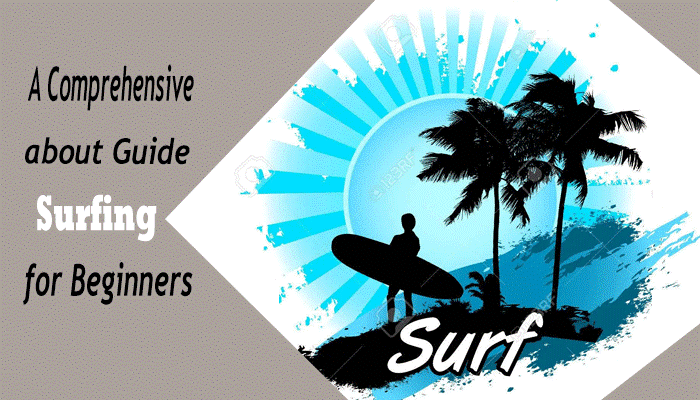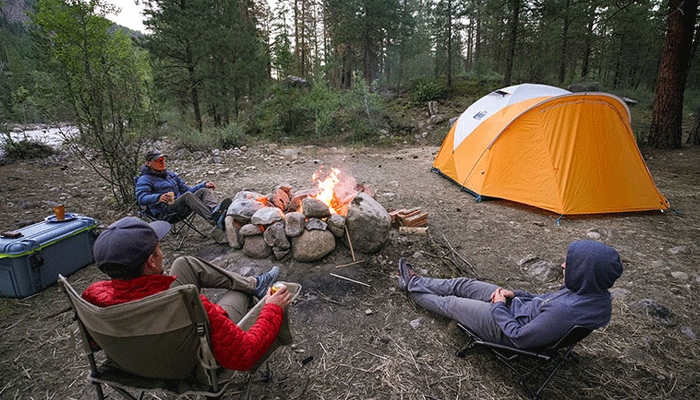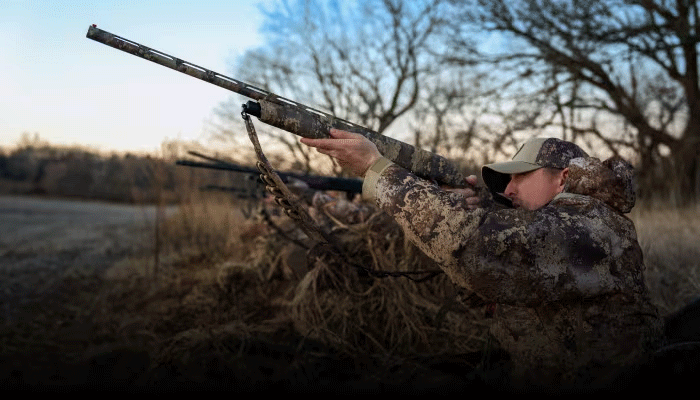
The first step in learning how to surf is to purchase the right equipment. Having the wrong equipment is one of the most common roadblocks for beginners. Other necessary items include a leash, wax, and fins. A comprehensive guide for surfing for beginners will also give you information on basic skills, such as paddling, duck diving, catching a wave, and positioning yourself.
Beach Surfing Etiquette
There are some basic rules that you should follow while surfing at the beach. First, never trespass on other people’s property and respect local laws. It’s also a good idea to avoid dumping trash or speeding through neighborhoods. Also, never surf beyond your ability level; it can upset other surfers and pose a safety risk. Always wear a leash when surfing so that you can easily control your board if necessary. Lastly, make sure to apologize to other surfers if you cause any trouble.
If you’re new to a surf spot, you’ll want to take some time to get to know other people. It’s also a good idea to start surfing at a less popular spot to gain respect from other surfers. While you might be tempted to jump into the biggest waves at the first opportunity you find, you should start small. By doing so, you’ll be able to earn the respect of the local surfers and avoid any possible incidents.
Choosing a Beginner Surf Break
When starting to surf, a beginner should choose a spot that is suitable for his or her skills. Some surf breaks have hollow, powerful waves while others have smaller and softer waves. The choice of a surf break also depends on the daily conditions. Beginners should seek help from a more experienced surfer or go on a beginner surf break with a friend who has some surfing experience. Beginners should also avoid riding hollow, powerful waves until they have more experience. It can be extremely traumatic to “wipe out” on such a wave.
Beginner surfers should look for a beach with crumbly waves and sandy beaches. It is also recommended to avoid surfing in popular spots or at breaks with large waves.
Choosing a Surfboard
Choosing a surfboard for beginners can be a daunting task. Many factors need to be considered when buying a board, including your age, ability, and how much time you’re planning to spend in the water. The shape is also a very important consideration. Beginners should consider a board that is a little larger than they are, as they will need more stability when catching waves.
A good place to start is to talk to people who already surf. These people can provide tips and advice, as they’ve been in the water longer than you! If you don’t have any experience, you can take a surfing course or learn to surf with friends. You can also try different boards to see which one suits you best.
With Evo ski Promo Codes, you can buy the most amazing gear at the best prices. You’ll get great deals on snowboards, paddleboards, and more, but the best part is that you don’t even need to use a coupon to save money. Just visit the store’s webpage and sign up for their email list. You’ll receive exclusive offers, free shipping offers, and site-wide coupon codes.
Safety
Whether you’re a beginner or an experienced surfer, there are many safety considerations to be kept in mind when you’re out in the water. The first is to stay away from reefs and rocks. Instead, look for mellow, small to mid-size waves. Always evaluate the surf break before you enter the water, and take into account your fitness level, skill level, and overall awareness of the environment.
While surfing, keep your head up and look towards the ocean. This way, you’ll be aware of other surfers and the waves coming at you. Most surfer-surfer contact incidents are caused by the failure of one surfer to keep a proper distance. You should also be aware of your positioning and never shuffle your feet. Stingrays can swoop in and sting you, so always keep an eye out.
Cost
Surfing is not cheap, but it’s not out of reach either. If you live near a coast and are willing to travel, it’s not too costly for you to get started. You’ll need to buy surfboards and other equipment, which can cost up to $640. However, you can also learn the sport on your own. A few lessons can cost as little as PS500.
If you’re looking to buy a new surfboard, you might be interested in saving big on your purchase. There are several places where you can get discounts on your purchase, including online stores. Sports & Outdoors Coupon Codes is one such place. This sports retailer is owned by Scheels, which is the largest sporting goods retailer in the U.S. With over 28 locations, they offer competitive prices and massive discounts on sports equipment. They also run seasonal sales and brand promotions, which often result in discounts of up to 50%.
A surf instructor will fit you in a wetsuit and show you how to hold your board. The instructor will give you tips and pointers to improve your surfing skills. The price of a surf lesson varies depending on the number of people taking the course.
Learn to Surf on Land
If you’re not an experienced surfer, you can learn to surf on land by following a few simple steps. The first step is to find a beach where you can practice surfing safely. The ideal beach should be sheltered and have waves of modest size. It should also have a moderate slope. If the beach you choose has a sudden drop, be careful as the waves can become harder to read and control.
There is a right and wrong way to learn to surf, and if you don’t practice the right way, you’ll have trouble progressing. The best way to learn to surf safely is to start on land first, and only then should you venture into the ocean. Beginners will fall off their boards countless times, so embrace these mishaps and continue to practice. The journey will be rewarding when you begin to see improvements.
Once you’re confident that you have the correct posture, you can start practicing the pop-up. This is the most difficult step for beginners, and practice will help you develop your upper body muscles. This will make you more agile and limber. The next step is to stand up on your board without falling.
Before Venture into the Water
Before you venture into the water, you need to be physically fit. Surfing is a challenging sport requiring a wide range of physical skills and agility. To be successful, you must also have experience in swimming. If you don’t have any experience, you can take lessons from a qualified instructor. This will ensure you have a better first surfing experience.
Choosing the right surfboard is an important part of the process. The best surfboard for learning to surf on land is a soft-top board. It should be wide and long enough to provide enough room to move. A soft-top board will help you stay upright in the water. A long and wide surfboard is also an essential part of learning to surf. You should also use a leash to hold yourself securely. If you want to save more money on your next purchase, look no further than Sports & Outdoors Promo Codes.
You should also learn about surfing etiquette. This is important because the conditions of the ocean can change quickly, so you must have situational awareness when surfing. It’s important to be prepared to dive off the board if the conditions become too strong. Likewise, you should never ride below or directly in front of another surfer.
Avoid Collisions with other Surfers
The best way to avoid collisions with other surfers is to be aware of your surroundings. For example, when surfing in a lineup, the best thing to do is to paddle out to a point that is not at the peak. This will help you avoid bumping into the surfer to your left or right.
Moreover, you should never drop in on someone, which is known as dropping in. This is a major offense in surfing. Dropping in on another surfer is highly dangerous and can lead to a collision. An experienced surfer will always look before standing up or dropping into the wave. This way, they will be able to make sure that no one else has already started riding the wave.
Another way to avoid collisions with other surfers is to paddle out wide. When surfing in crowds, you should always keep a wide circle around you. This way, you won’t accidentally crash into someone who isn’t paying attention to the waves. Also, if you are caught in the middle of a wave, you can paddle toward the white water to avoid colliding with another surfer.
Surfing Crowded Breaks is Dangerous
Surfing in crowded breaks is dangerous, so beginners should always be cautious. Besides, they should surf in groups. You should also keep an eye on rip currents, which can pull swimmers out to sea. Moreover, you should consider taking a lesson in surfing, especially if you are a beginner. A surf instructor will teach you the right way to avoid collisions with other surfers. You should also try to avoid surfing when the waves are overhead. Beginners should also avoid surfing in waves two meters or more high.
You should also consider the unwritten rules that surfers follow. By respecting these rules, you can avoid collisions with other surfers and make your surfing experience more fun. Some of these rules include waiting your turn in the lineup, avoiding collisions with other surfers, and only taking one wave per surfer. In addition to following these rules, you should also respect seniority and established spots.
Another way to avoid collisions with other surfers is by paddling out in a circle. This can save you time and energy. However, this is a bit more difficult in waves than in whitewater. It is also more dangerous for you.
Avoid Rip Currents
When surfing, it’s important to stay alert and stay out of rip currents. Rip currents are powerful currents that run parallel to the shoreline and can be up to 25 meters wide. Once caught in a rip, the best way to escape is to paddle out to the side and find breakers. Then, paddle back to the shore until the rip stops.
To identify a rip current, look for ripples on the ocean’s surface. These ripples are caused by waves traveling in opposite directions. In addition, rip currents produce a large amount of foam, which can turn the water dark brown. This makes the water in general look dingy.
Rip currents can be life-threatening, especially for beginners. Fortunately, experienced surfers know how to use them to their advantage. Inexperienced surfers, however, do not have this knowledge. They need years of experience to master how to read the ocean to avoid getting caught in a rip current.
Rip currents are very powerful and can easily pull people out into the water. If you find yourself caught in one, try to swim away from the rip current, either by swimming parallel to the shoreline or by treading water. If a lifeguard is not nearby, call 9-1-1 for help. Remember to always be prepared for the unexpected.
Before you enter the water, analyze the area for rips. Always be aware of other surfers and do not go alone if you think there’s a rip. Beginners should also be mindful of their surroundings and avoid being too close to other surfers. They should also stay close to the shore.
Rip currents are narrow streams of water that run along the shoreline at a surf beach. They commonly form in sandbars or other structures close to shore and can be deadly. Despite their name, they can occur every day in surf areas. If you happen to catch one, stay calm and try to swim out of it. Never try to swim against a rip current. It’s much easier to float and get away than fight it.
Rip currents are common on beaches around the world. The majority of beach lifeguard rescues are from people caught in rips. These tragic events would be impossible to avoid if lifeguards weren’t there to save the day.
Improve your Technique
One of the most important things to do when learning to surf is to improve your technique. This way, you will be able to keep your balance while surfing. You should also practice common surf movements on land before hitting the water. These movements include sitting and kneeling on your surfboard, the pop-up, and standing in one smooth motion. Knowing these techniques before entering the water will make surfing safer and easier for you.
Another important thing to remember is to have fun! While it’s easy to become frustrated when you’re not catching waves, there’s nothing wrong with letting yourself have fun. Surfing is a sport that takes practice and experience to learn the different moves and wave patterns. Beginners will benefit from a “try-again” attitude.
Regardless of your level, there will be times when you’ll wipe out. To avoid this, you can take lessons from an experienced surfer. A good instructor will teach you when to surface and when to stay under the water. You can also learn to do a pop-up, which is similar to a push-up. Practice the technique on land, then work on perfecting it in the water.
Another common mistake beginners make is not paddling properly or as hard as they should. A proper paddling stroke is deep and deliberate and should not lily-dip or splash around needlessly. In addition, you should not stop paddling too early. Remember, the goal is to keep surfing, not quit!
A good board is an important part of learning to surf. Make sure you get one with a large volume and a wide board to learn on. Larger boards will provide a larger learning surface for beginners and are better floatation devices. A large surfboard will also give you more control while you’re learning.
Conclusion
Learning to surf is an exciting and challenging sport. However, it is important to know a few things before you can venture into the water. You need to know what to expect and how to protect yourself. You will also want to get some lessons from a qualified instructor to get the most out of your surfing experience.








